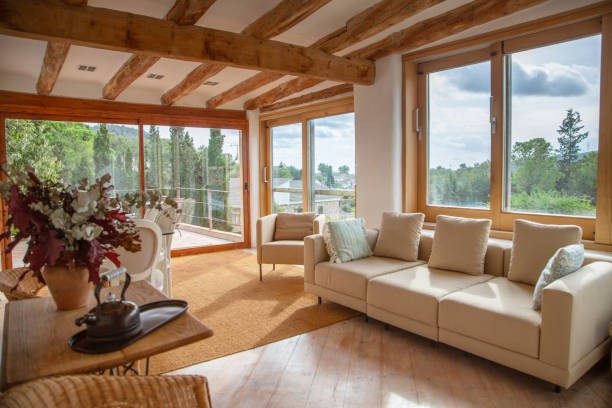Does your house have low ceilings? Don’t worry! With these fantastic tips, they will grow magically, fooling your eyes. And best of all, these optical illusions are simple, and they work!
Decorate with low furniture
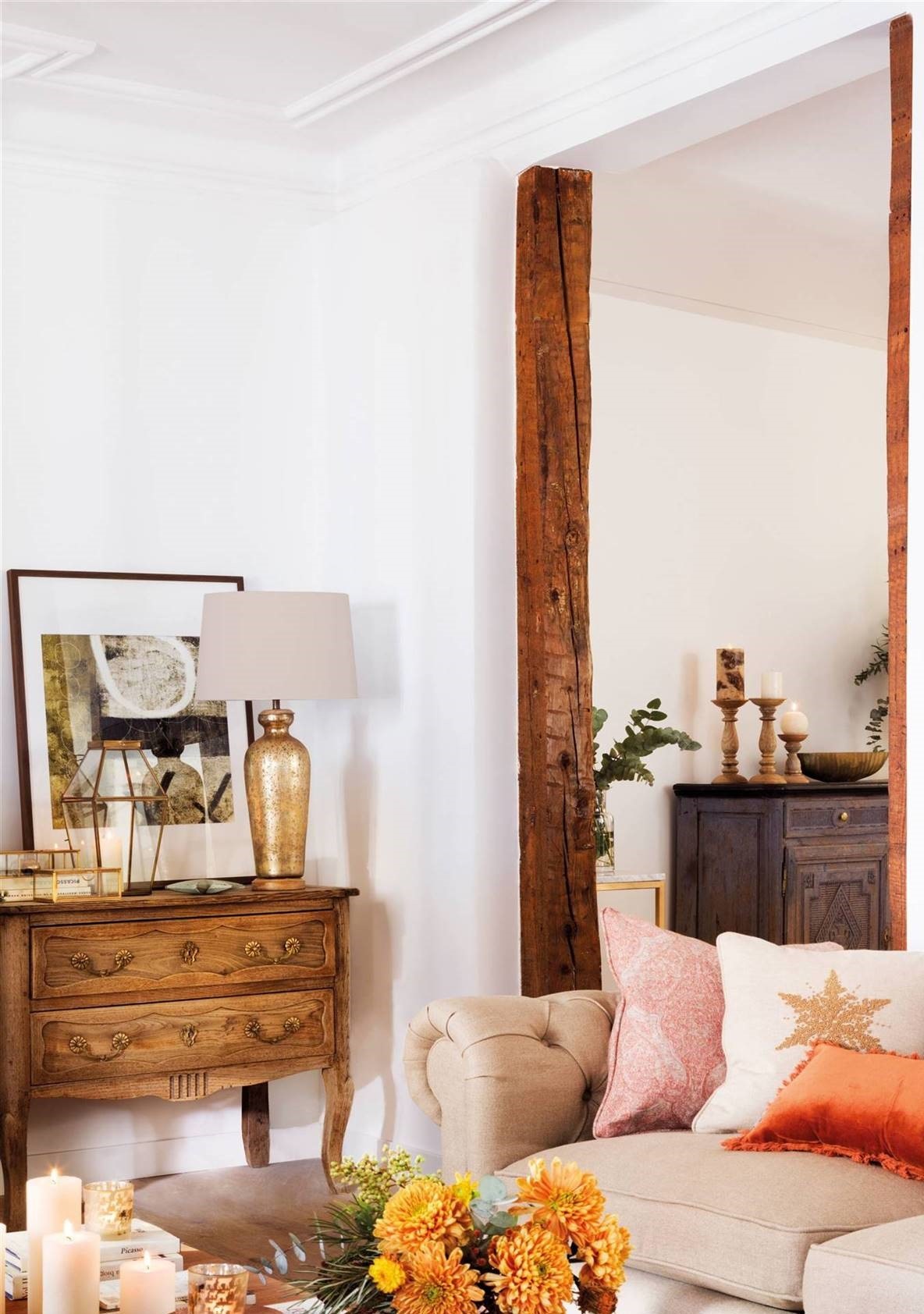
A low house requires low furniture, keep in mind this infallible formula to hide low ceilings. That said, bet on horizontality and simplicity when furnishing it. Go for functional furniture and clean design, such as the Nordic style. Wide and low dressers, sofas at ground level, straight tables, low chairs will manage to generate visual weight in the lower part of the room and deceive the eye.
Choose vertical and light-toned squares
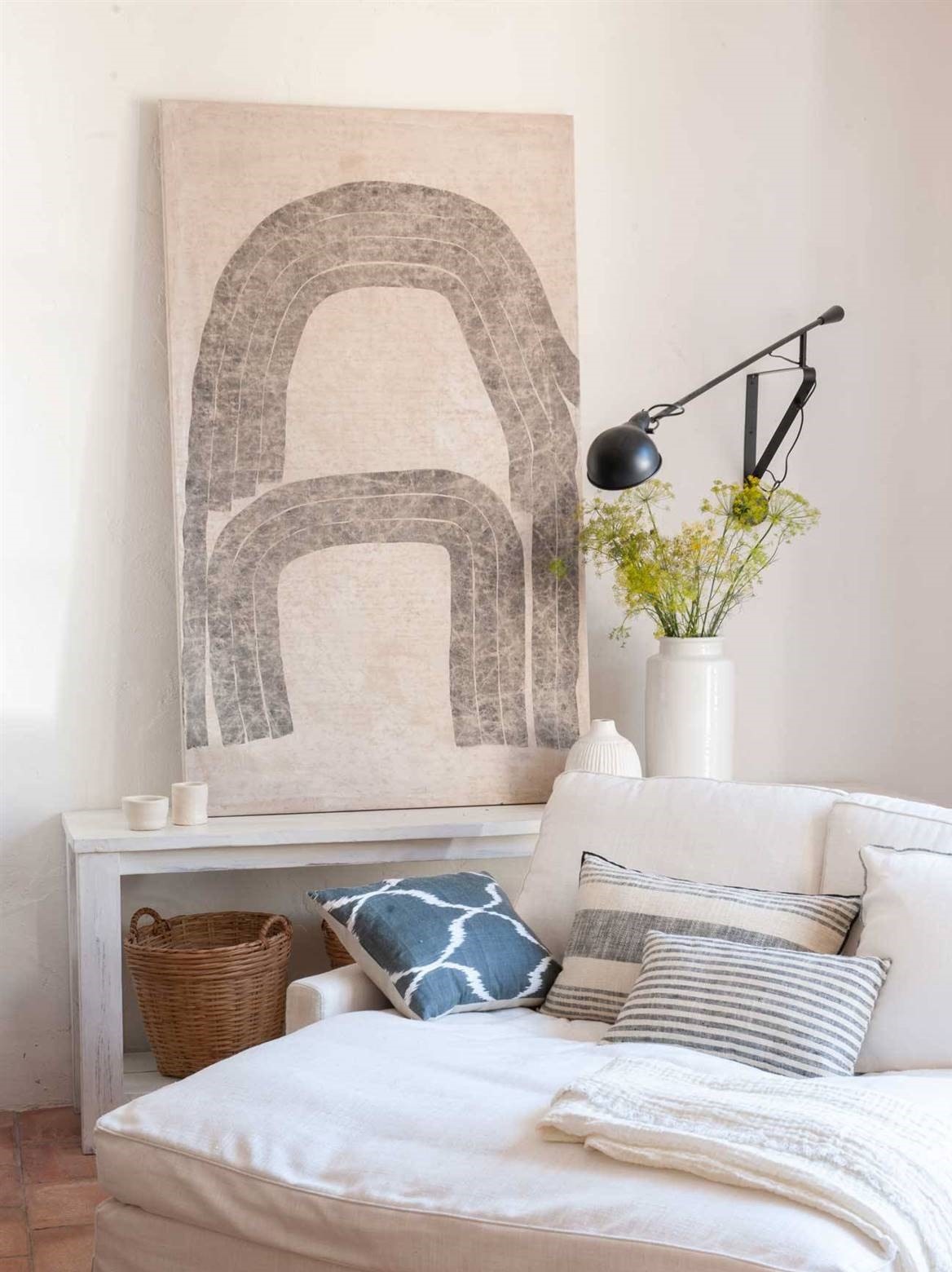
In addition to giving your home character, decorating with paintings can help you expand any space. To take this sensation to the top, choose the vertical and try to dominate neutral colors. Support or hang them from the wall a little higher than usual (above eye level). Another trick? You can hang a single large size or many small ones that almost reach the ceiling. This will make the wall appear much higher.
Lamps, better recessed, in the wall or standing
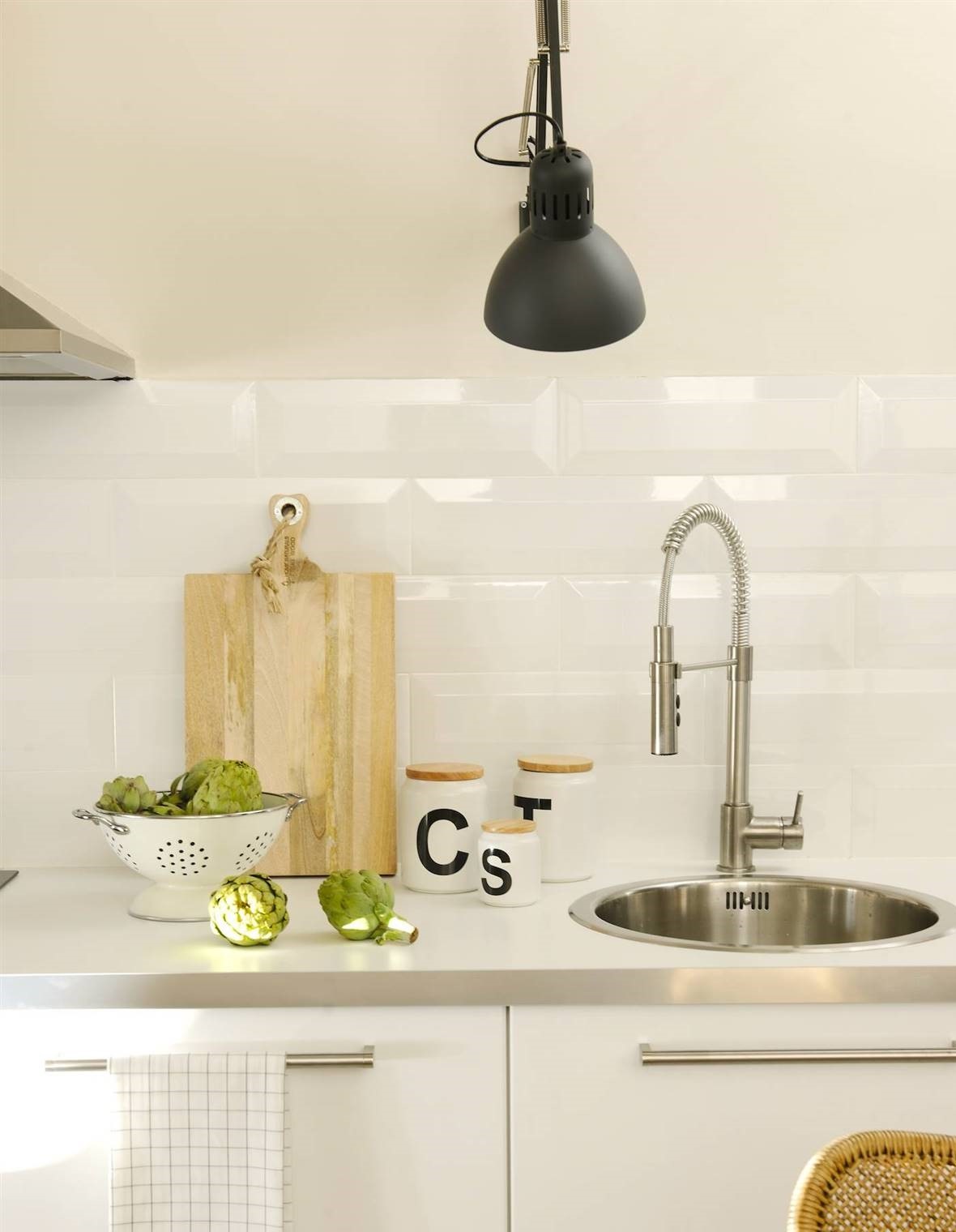
If you hang from a ceiling under a suspended lamp, all you will do is enhance that lack of height. So how do you make the ceilings appear higher? Other lighting solutions that do not take up space above, such as recessed spotlights in the ceiling, vertical wall lights – similar to the one in the image – or floor lamps that project the light towards the ceiling.
Beds, at ground level
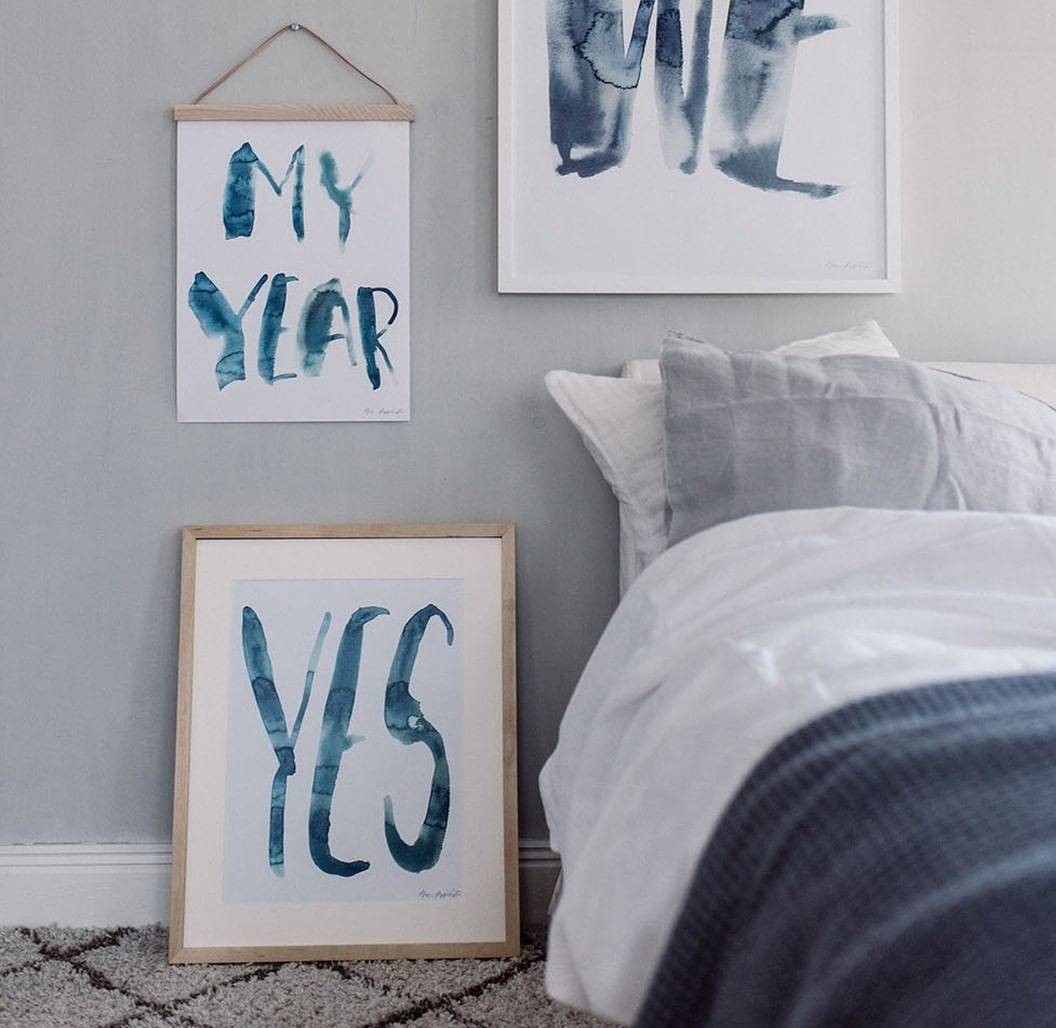
Like the furniture in the living room, you should choose the low, in the bedroom it is convenient that you do the same with the bed. Opt for models with not too high couches or, better yet, futon type, if you have a flexible complexion. But if the mere thought of making the bed gives you back pain, opt for height-adjustable beds to raise and lower them, as it suits you.
Low kitchen ceiling? Do not hesitate
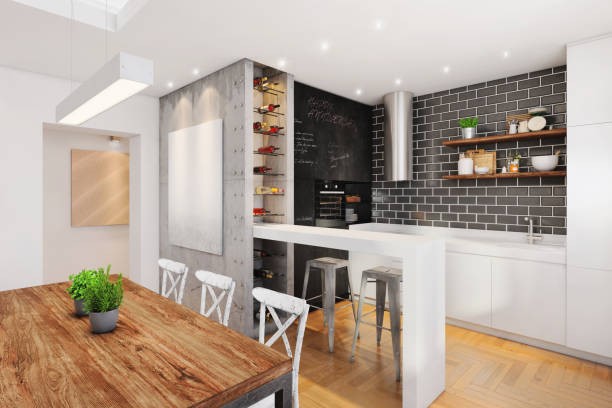
Are the ceilings in your kitchen low? You will not be able to put a pipe hood because the roof will come on you. Opt for models fully integrated into the wall, countertop, or ceiling, like this one. Thus, you will eliminate visual obstacles. And already put, you can also include recessed spotlights in the hood to illuminate the cooking zone.
Curtains, almost on the ceiling
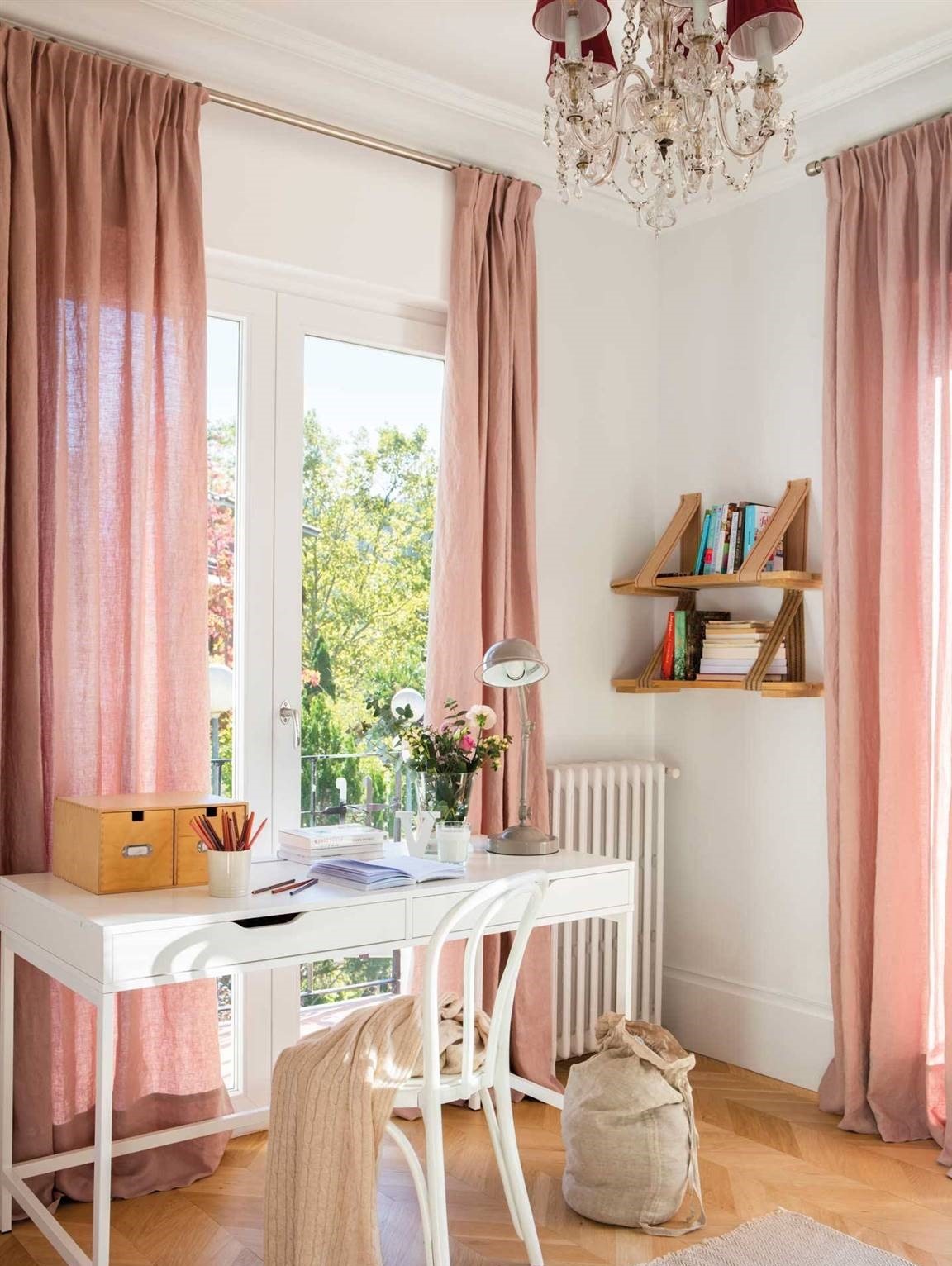
Having large windows through which light flows in is a natural resource to make the room appear larger and taller, but unfortunately, not all houses have oversize windows. If this is your case, then you will have to play with the curtains and blinds. Since your goal is to enhance the room’s verticality, try to hang them as close to the ceiling as possible. If the curtains are long to the floor, you will be right. If they are short blinds or curtains, leave them a hand or two longer than the window. To avoid losing luminosity, choose them clear or transparent.
Walls and ceilings of the same color
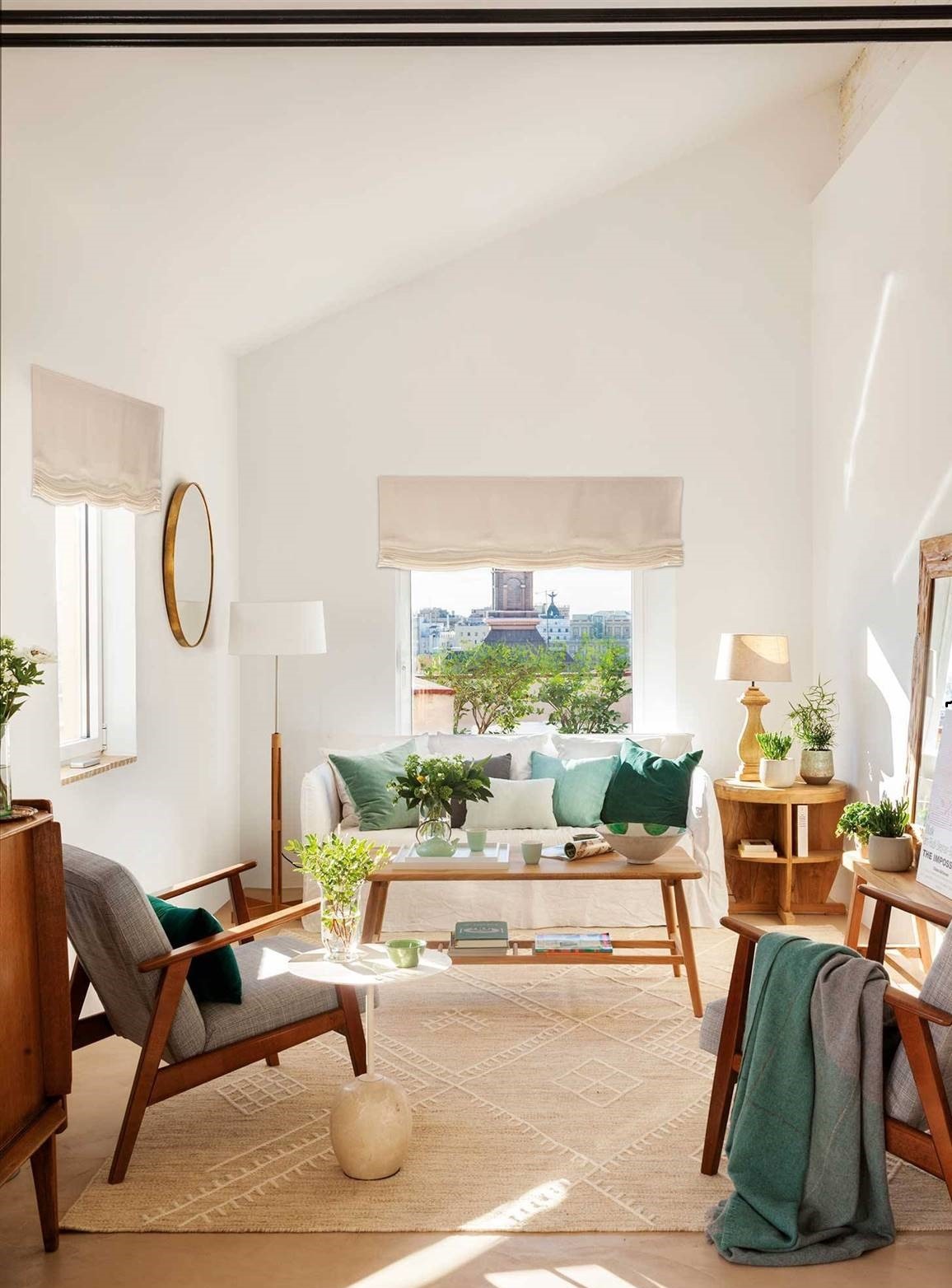
The color of the walls is essential in rooms with low ceilings. Avoid dark tones and opt for neutrals or pastels that give a feeling of space and visually expand the ceiling’s dimensions. Paint the ceiling the same color as the walls; this way, you will eliminate that barrier between both elements creating a feeling of infinity.
Divert attention
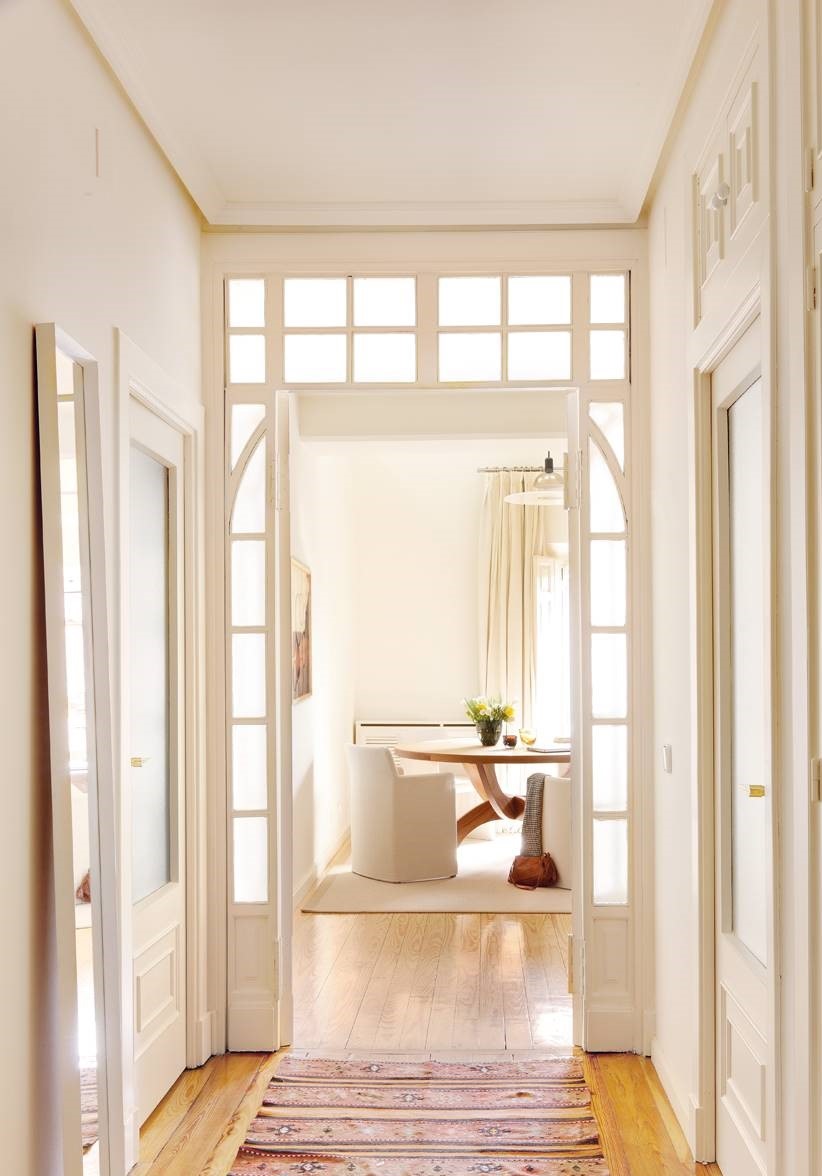
A wall lacquered in a striking color, a wallpaper that attracts attention, a wonderful piece of furniture, or a carpet with a cheerful design, in short, any element that serves to direct the gaze to another place that does not be the ceiling will be an excellent idea.
Where there is order, there is (more) space
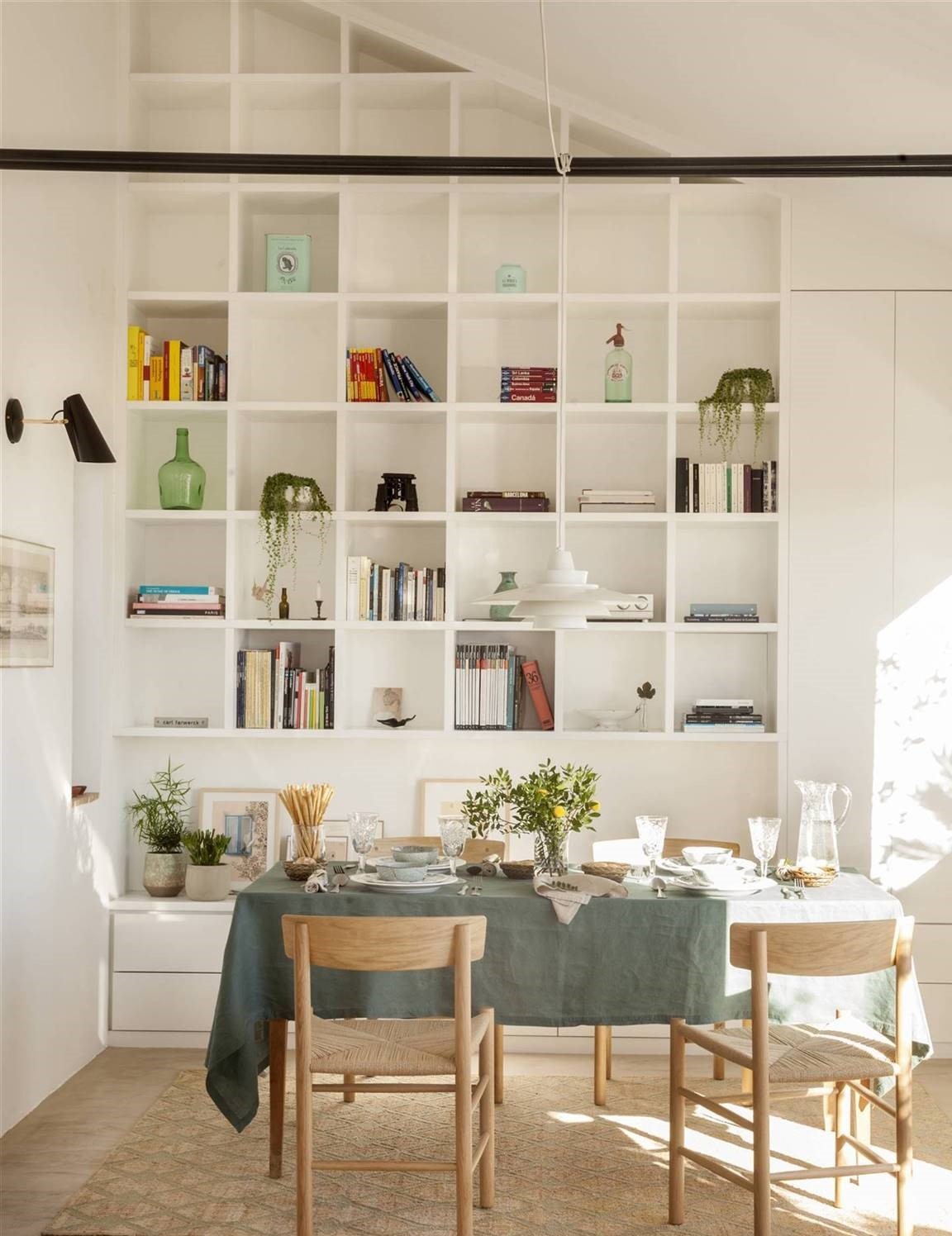
Your house should always be orderly, but if the ceilings are low, even more so. Choose a few decorative elements so as not to cause a feeling of suffocation. The more order and uniformity prevail in it, the higher it will appear. As simple as that!
Mirrors, large and vertical
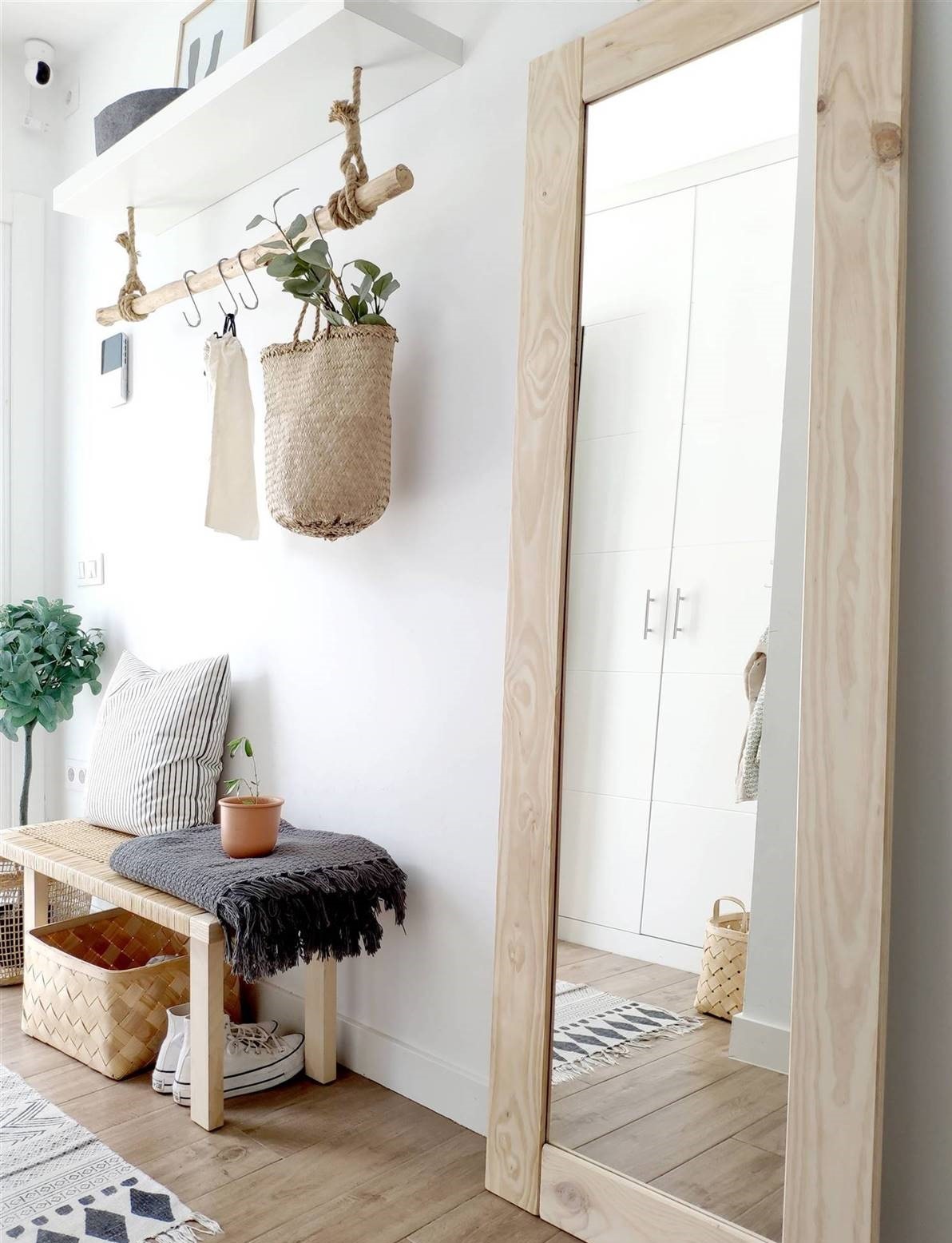
You will have read hundreds of times that decorating with mirrors is the best resource for interior designers to extend a room. And what would you think if we told you that they also serve to conceal low ceilings? If you place a large vertical mirror, it will create the optical illusion that the room grows and grows.


